
12 Ways You Can Protect the Environment
Why should we protect the environment? Well, we only have one Earth … so let’s do right by it!


12 Ways You Can Protect the Environment
Why should we protect the environment? Well, we only have one Earth … so let’s do right by it!
Unfortunately, humans have not been very good stewards of the Earth over the years. To protect the environment and preserve the planet for our children and future generations, we all need to take proactive steps toward cleaner living habits.
"Most of the damage to our environment stems from consumption: what we consume, how much we consume and how often."
Whether it’s gas, food, clothing, cars, furniture, water, toys, electronics, knick-knacks or other goods, we are all consumers. The key is not to stop consuming, but to start being mindful of our consumption habits and how each purchase or action affects the ecosystem.
The good news is that it’s often not too difficult, expensive, or inconvenient to become more environmentally friendly. It can even be a fun challenge to implement among your family or coworkers. And though small changes at the individual level may seem trivial, just think how much cleaner the planet would be if everyone adopted even a few of the following behavior modifications.
So here are 12 ways you can start to protect the environment today:
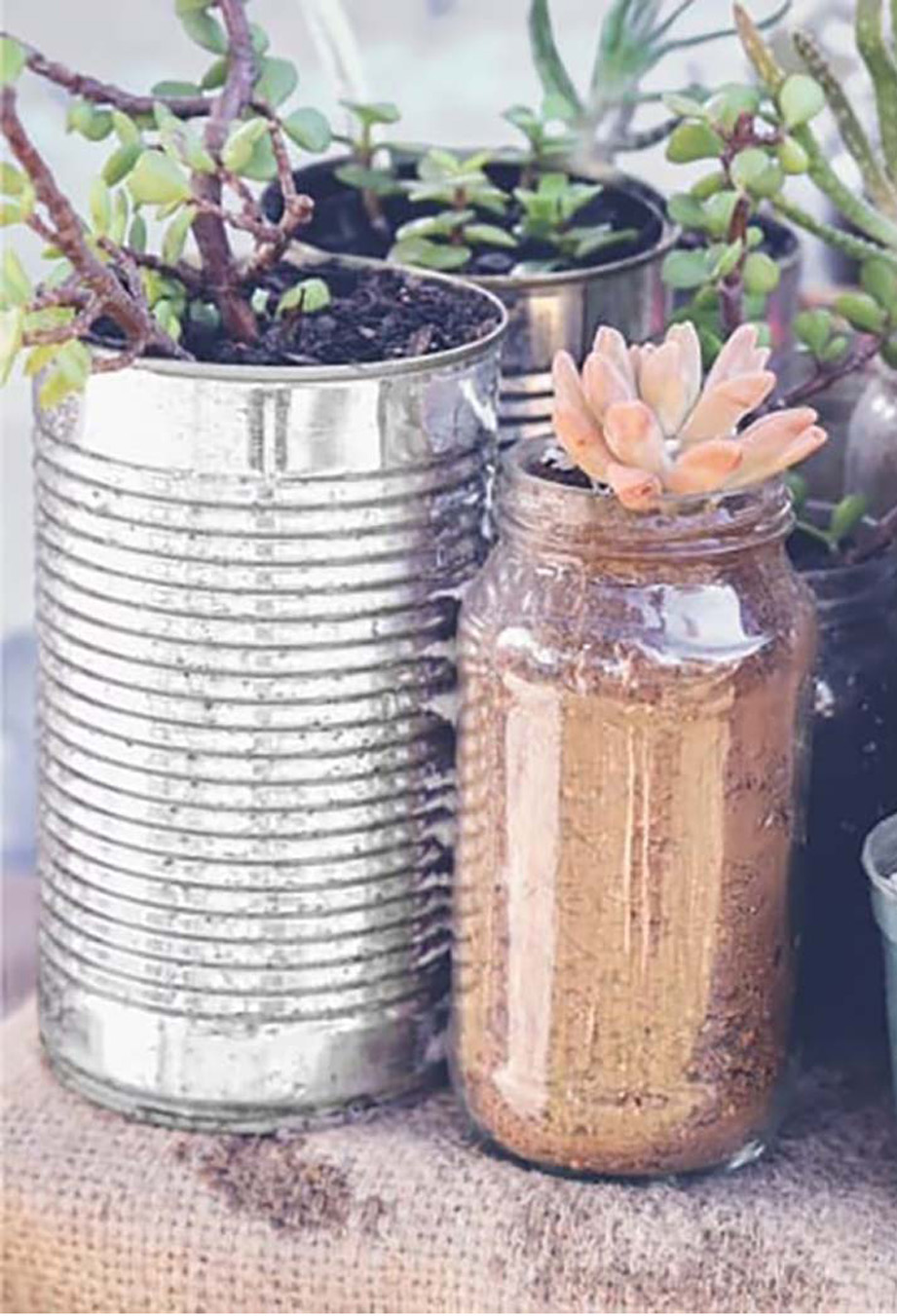
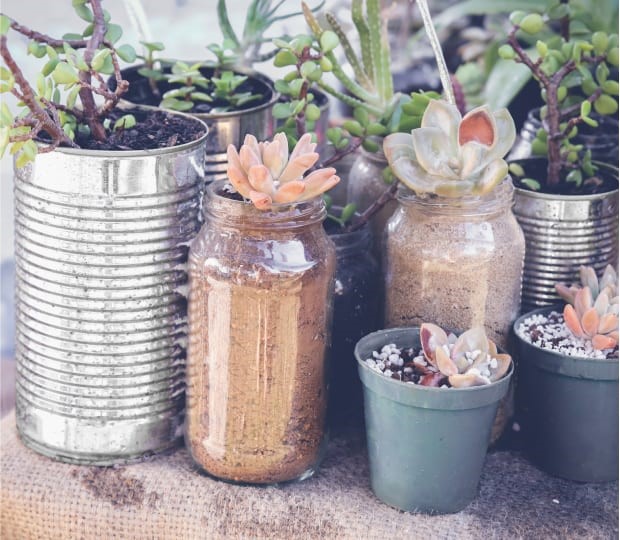

1. Consume less.
Curbing consumption can have a huge impact on the environment. The three "R's"—reduce, reuse and recycle— get a lot of attention, but the planet could benefit from some focus on the most important and most underrepresented "R": refuse.
When you refuse, you say "no," which is not always easy. Freebies at events, cheap goods on clearance, the hot new children's toys or the latest gadgets that promise to make your life better—none of these are essential. And they almost always end up either in the trash or forgotten in the back of a closet. Next time you’re tempted to purchase or accept a non-essential item, think about whether it would truly improve your life. If not, it's ok to just say, "No, thanks!"
Bonus: Refusing to allow unneeded items into your life can save you money and reduce the amount of clutter in your home.
2. Compost.
Another “R” that doesn’t get much attention but has important environmental implications is “rot.” As in, let your food and yard waste rot naturally in the soil instead of sending it to the landfill. In other words: compost.
Composting your food scraps and yard waste offers double rewards: it keeps an incredible amount of trash out of the waste stream, and it produces free, rich soil to use in your garden. Some cities now pick up organic waste alongside regular trash and recycling pick up. If your area doesn’t offer this service, no worries— you can set up a low-maintenance compost pile in your backyard.
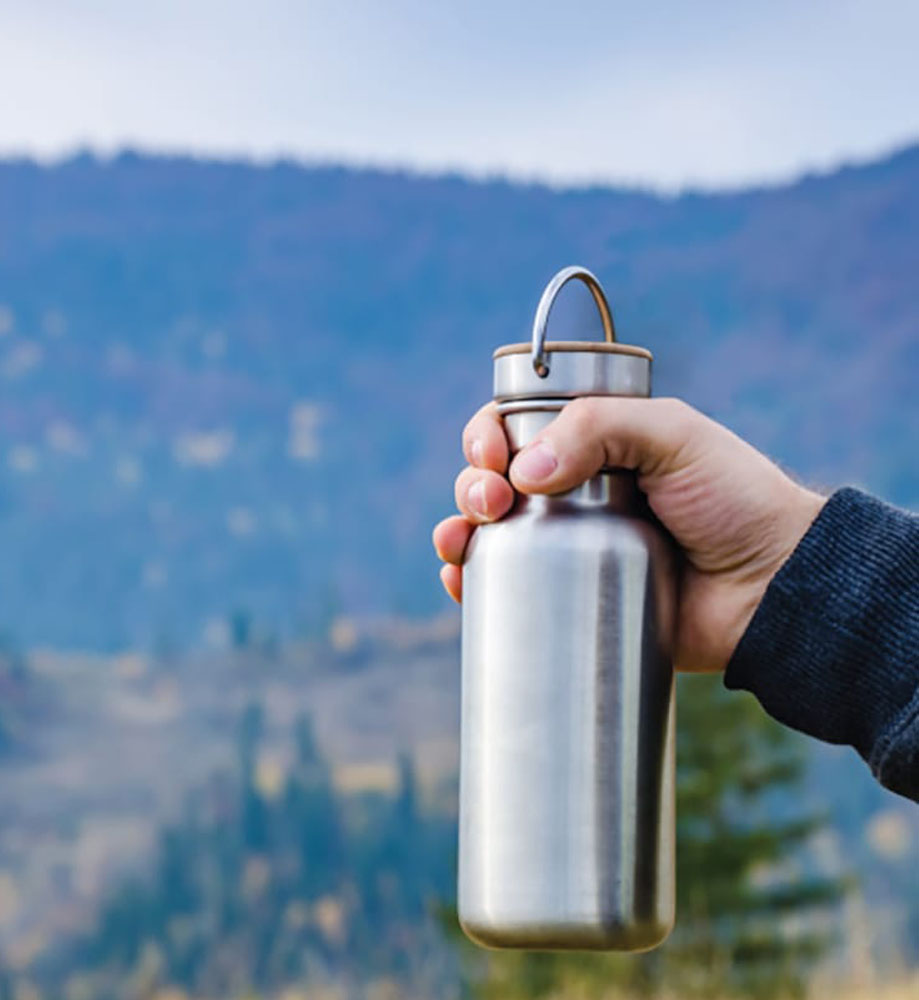
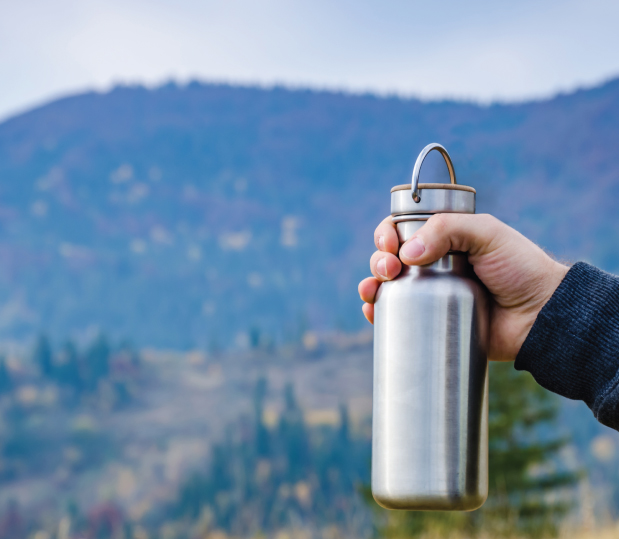

3. Choose reusable over single-use.
Think about how many people you see each day drinking beverages from disposable cups or disposable bottles, sipping from disposable straws, carrying disposable grocery bags, eating from disposable plates or containers and using disposable utensils. All that single-use plastic has to go somewhere, and it’s had a devastating effect on our soil, oceans and marine life.
All of the above items (and more) have more environmentally responsible counterparts. Switch to reusable items and make a commitment to use them as often as possible. You’ll have less trash piling up at your curb, and you’ll be helping to protect the environment in a major way.
4. Upcycle more.
Get creative with your useless or unwanted items by upcycling—basically, turning trash into treasure. Creating something new such as artwork, toys or jewelry is both satisfying and one of the best ways to protect the environment. Not only does it keep items out of the trash, it can prevent having to purchase new items, which require lots of resources to produce. Children love making things; so instead of heading to the craft store, check out your recycle bin first and let their imaginations soar!
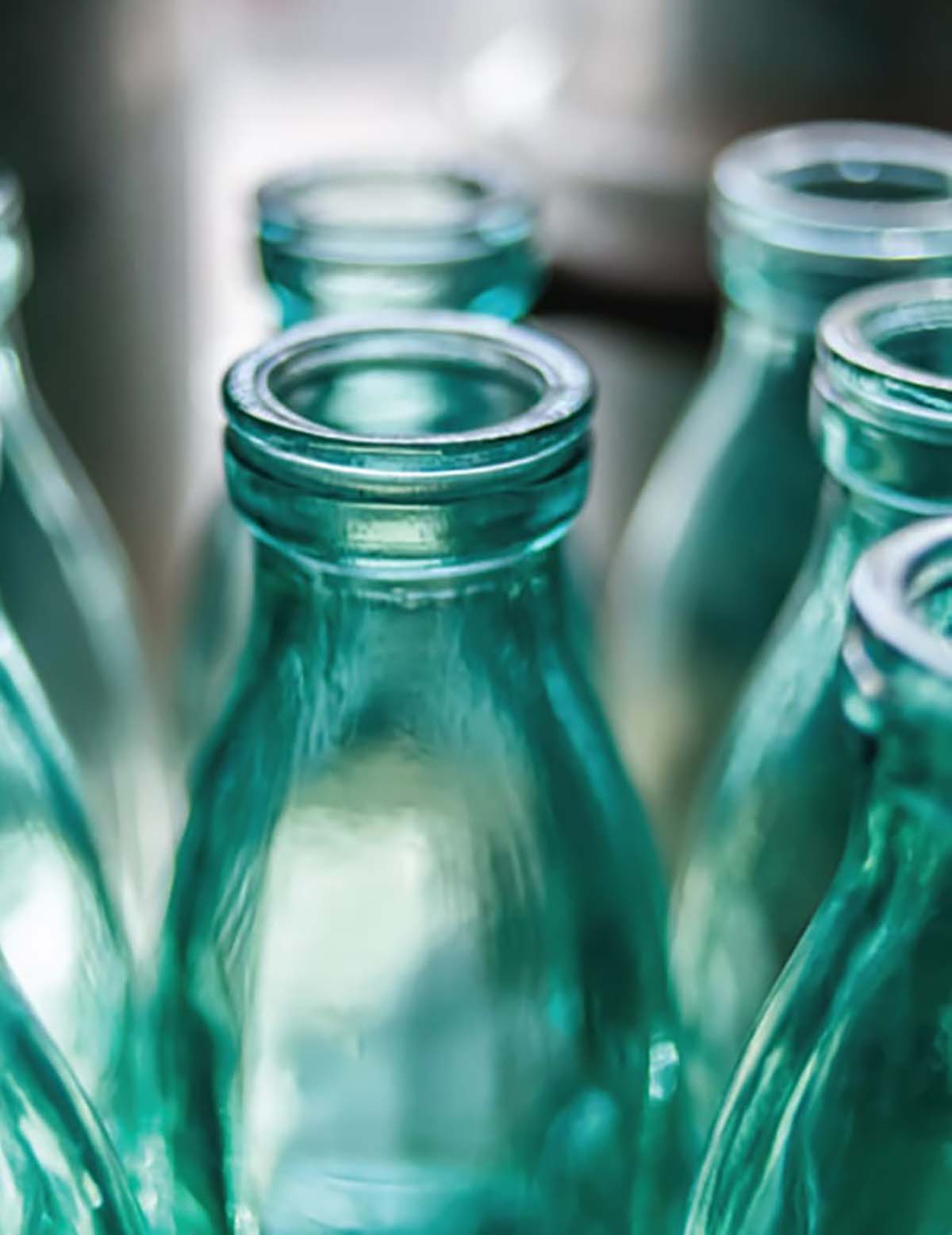
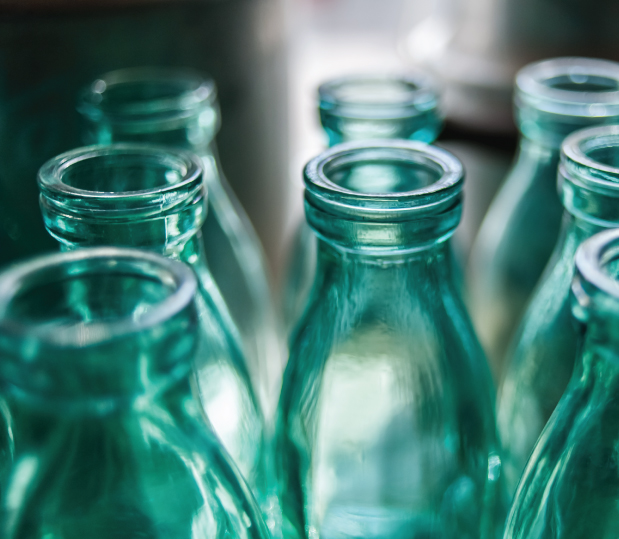

5. Recycle properly.
If you can’t refuse it…and you can’t rot it…and you can’t reduce it…and you can’t upcycle or reuse it…then it’s time to turn to the final “R”—recycling. Educate yourself on what can and cannot be recycled in your bins at home. Throwing the wrong items in the recycle bin can result in an entire load being rejected, which means … back to the landfill.
You can also easily find out how to recycle special items such as electronics, batteries and appliances. Check with your local municipality for drop-off sites, and make an effort to get your items to the proper disposal sites.
6. Shop secondhand.
Did you know it takes over 700 gallons of water to grow enough cotton to make just one plain t-shirt?
Instead of heading to the mall to buy new clothes, consider looking first in a thrift store or vintage shop, or trading clothes with friends. You can breathe new life into your wardrobe without wasting the precious resources needed to produce new clothing.
Shopping secondhand also applies for many other categories of consumer goods: children’s games and toys, shoes, appliances, furniture, cars and more.
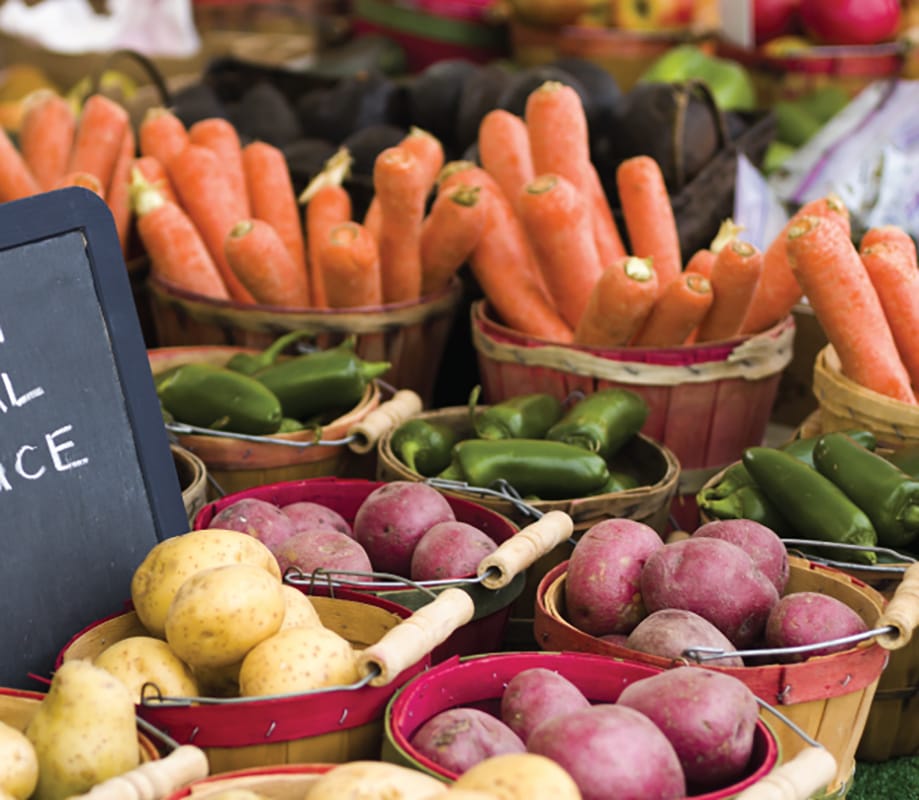


7. Buy local.
While we’re on the topic of shopping, it’s important to think about the path your stuff takes just to get to you. All that packaging, combined with the fuel needed for delivery, really takes a toll on the environment. Instead, check out your local farmers market for fresh, package-free food; try eating at a farm-to-table restaurant; and buy from local artists, clothing makers, and retailers before you click for that two-day shipping.
8. Use fewer chemicals.
Want to protect the environment? Use fewer harmful chemicals and you’ll be on the right track. It’s hard to be sure about the long-term negative effects chemicals can have, both on our bodies and on the planet, so it’s best to avoid them if possible. Opt for chemical-free lawn and garden care; all-natural beauty and hygiene items; natural household cleaners; and organic food. The Earth will thank you!



9. Walk, bike or carpool.
According to the U.S. Environmental Protection Agency (EPA), a typical passenger vehicle emits about 4.6 metric tons of carbon dioxide per year.1 Any amount of that we can cut back on will help. For short trips, try walking or biking—you’ll also get a healthy dose of exercise in, without setting foot in a gym. If traveling on foot or two wheels isn’t feasible, try carpooling with a friend, neighbor or coworker to a mutual destination. And if all else fails and you need to drive your car, line up errands in the most efficient route to save time and miles driven.
10. Use less water.
Conserving water at home is one of the easiest ways to protect the environment. Think of all the times you consume water, both inside and outside your home; then, make adjustments as you can. For example:
- Turn off the tap while you brush your teeth.
- Fix leaky faucets.
- Make your water use more efficient by aerating faucets, using sprinklers that reduce runoff and installing low-flow toilets and efficient shower heads.
- Collect and use rainwater for watering plants.
- Shorten your shower by a few minutes—or skip it altogether if you don't really need one that day.
- Only run your dishwasher or washing machine when it's full
These are just the basics—you can get really creative when it comes to conserving water.
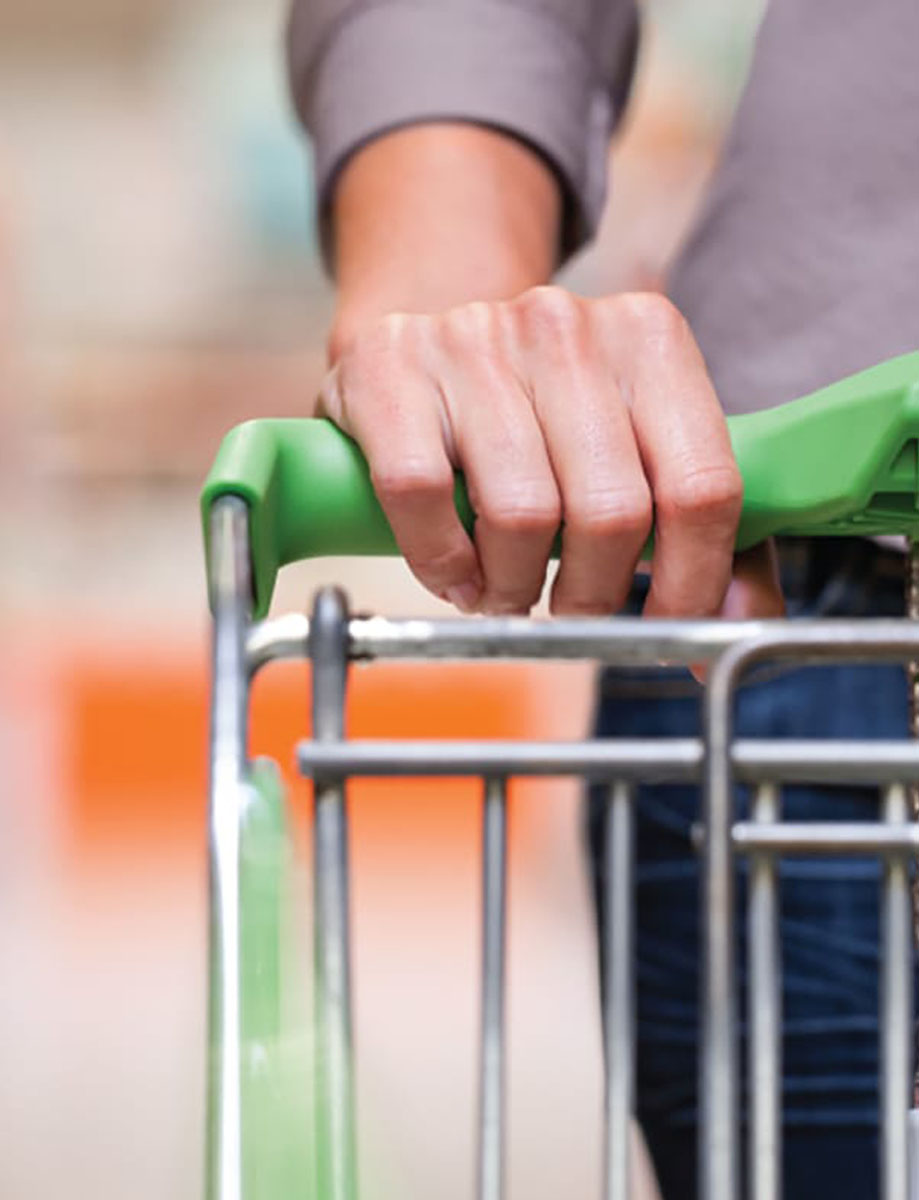
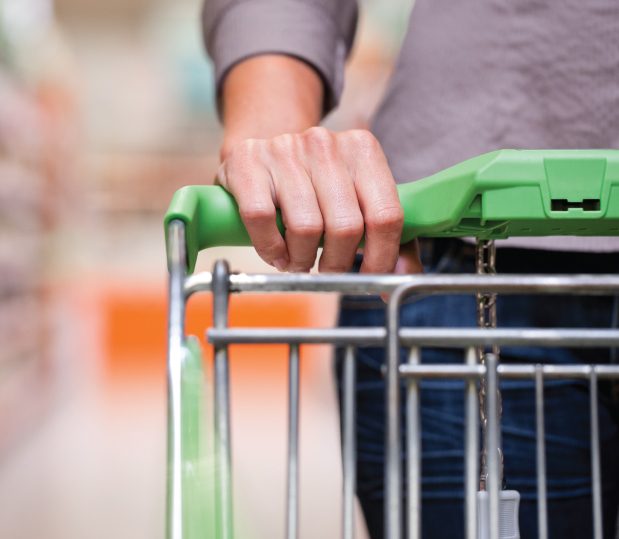

11. Use your purchasing power for good.
The positive thing about being a consumer is that we have the power to choose where we spend our hard-earned dollars. Think of your money as your voice and your vote for a cleaner planet. Spend it wisely on goods, services and experiences that leave a smaller carbon footprint. Choose to do business with companies that support sustainability efforts, utilize renewable energy sources and walk the walk when it comes to protecting the environment.
Money talks—if enough people use their purchasing power for the good of the Earth, it will create a demand for sustainable practices. Businesses will either have to comply … or be left behind.
12. Conserve electricity.
As you can guess, we’re quite fond of this method of protecting the environment! Anytime you can use less electricity, it’s a win for the planet. Try some of these quick ways to conserve energy around your home:
- Trade incandescent bulbs for more energy-efficient CFLs or LEDs.
- Use smart power strips, which turn off the power to electronics when they’re not being used. (Or, simply unplug power cords from the wall when items aren’t in use.)
- Use a programmable or smart thermostat.
- Maintain your heating, ventilating and air conditioning (HVAC) system.
- When it’s time to buy a new appliance, choose an Energy Star-certified model.
- Seal air leaks around doors and windows.
- Make sure your home is properly insulated to the recommended level of heat resistance (“R-value”) for where you live.
- Use ceiling fans to circulate warm air in the winter and cold air in the summer.
Make your lifestyle even more eco-friendly by using clean energy.
1 This assumes the average gasoline vehicle on the road today has a fuel economy of about 22.0 miles per gallon and drives around 11,500 miles per year. Every gallon of gasoline burned creates about 8,887 grams of CO2.
Our customers have avoided
pounds of CO2
That’s like planting
new trees.